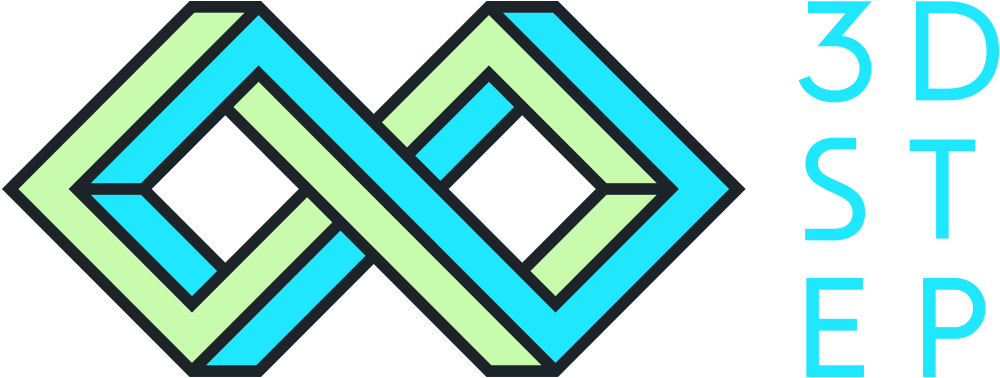Nordic number one in 3D aluminium printing strengthens its arsenal
Finland's first closed-loop powder 3D metal printer increases production capacity and expands material range
In September 2022, the first closed-loop powder 3D metal printer in Finland has been commissioned at 3DStep's production facilities in Ylöjärvi. Automatic powder handling and feeding will enable more efficient printing and reduce the amount of manual work.
The new SLM 280HL Twin Laser metal printer will be used exclusively for 3DStep's most popular product category, aluminium printing. At the same time, the capacity freed up elsewhere will allow the range of materials to be extended to titanium alloys, which are ideal for medical and industrial applications.
Incremental manufacturing of metal products has gained significant popularity in recent years in sectors such as industry, medicine and food processing. 3D printing is capable of producing large batches cost-effectively and with minimal manual labour. Additive manufacturing also enables the production of small and complex components that are difficult or even impossible to produce using other methods.
“The demand for metal products has increased so significantly among our customers that the investment in a new SLM printer became timely. The printer has two lasers and a closed powder circuit, which makes production more efficient while significantly reducing manual work. As we use the new printer exclusively for printing aluminium, we also save time on material changes," says Petri Ehonsalo, Additive Manufacture Specialist at 3DStep.
The additional capacity for high-demand aluminium work also means that metal printing capacity is freed up from other equipment. This has enabled new additions to the material range in autumn 2022, including titanium alloys, which are lightweight yet strong and also resistant to a wide range of chemicals. Their properties make them very useful for a wide range of industrial and medical applications.
Another important aspect of 3D printing is post-processing, which can improve the quality of the product and extend its range of applications. This is why 3DStep also places a strong emphasis on post-processing, both in metal and polymer printing.
“A new feature for autumn 2022 is the so-called vibratory finishing, which allows us to finish the surface of prints more precisely and improve the surface quality when the product's intended use requires it. Removing even the smallest impurities and loose particles from the surface is often necessary for applications such as medical and food processing," says Ehonsalo.
Overall, there is a clear increase in the use of additive manufacturing by customers. Some customers are mainly interested in the end products alone, but others are also interested in the underlying manufacturing processes and techniques.
“We are also happy to discuss processes and techniques with those customers who are interested in this aspect as well. With some of them we work very closely on joint development. Although many companies are already using 3D printing, joint discussions often open up the prospect of completely new applications. Customers know their business and its requirements, while we know the technologies and possibilities of additive manufacturing," says Ehonsalo.

